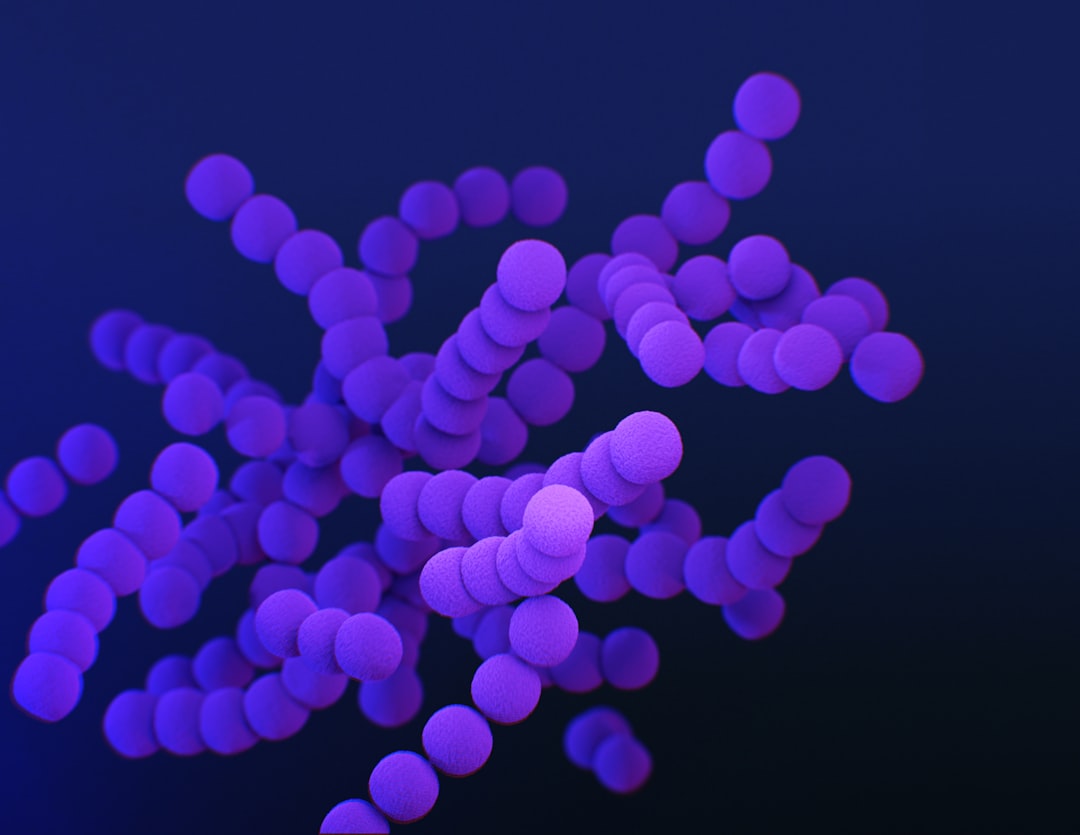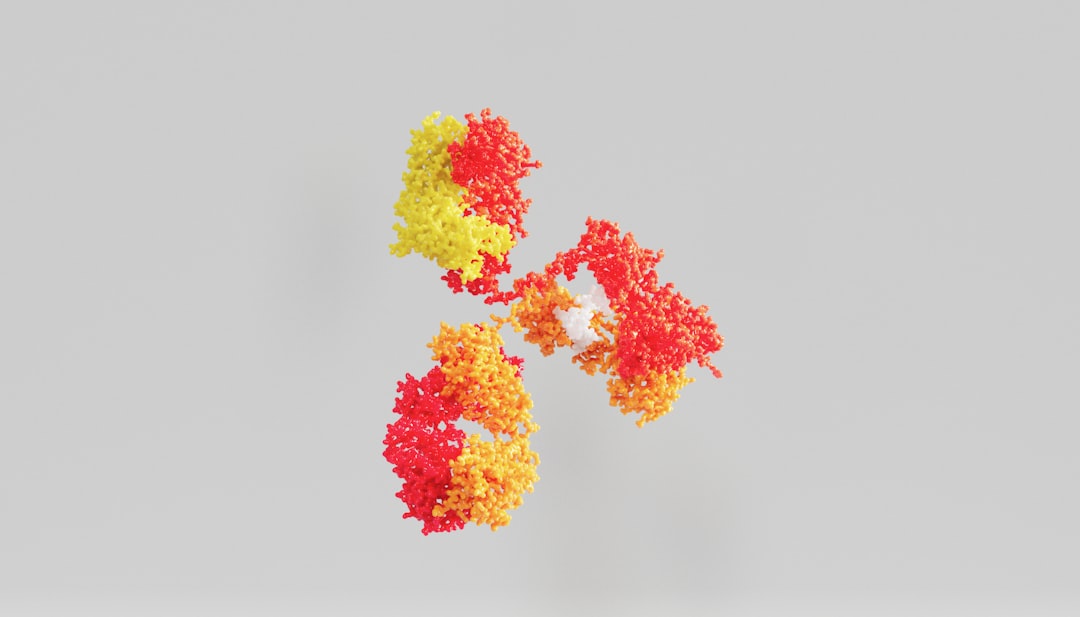What is it about?
In this paper the authors studied special class of proteins called ice-binding proteins (IBPs) found in nature. By using computer simulations, they designed synthetic proteins that can bind to ice. They discovered that the twist in these proteins is important for their ice-binding ability. The more twist they added, the better the proteins were at stopping ice crystals from growing. This finding could lead to the development of proteins that can be used in freezing techniques for cells and tissues, similar to how some artic organisms survive ice environments. Understanding how these proteins work helps us learn more new possibilities for controlling ice formation.
Featured Image

Photo by Chris Greninger on Unsplash
Why is it important?
This research is significant because it unravels the mysteries of how certain proteins interact with ice, which is essential for organisms living in freezing environments. Understanding the key features that make these proteins effective opens up possibilities for creating synthetic proteins tailored to specific applications like improving cell and tissue preservation. This work not only advances our knowledge of ice-binding proteins but also offers insights into controlling ice formation at a molecular level, impacting various fields such as materials science and cryopreservation techniques.
Perspectives
I hope this study provides a fascinating glimpse into mechanism of how ice-binding proteins bind ice. It showcases the power of interdisciplinary approaches and highlights the exciting possibilities of mimicking and understanding nature's mechanisms through computational design.
Rob de Haas
Read the Original
This page is a summary of: De novo designed ice-binding proteins from twist-constrained helices, Proceedings of the National Academy of Sciences, June 2023, Proceedings of the National Academy of Sciences,
DOI: 10.1073/pnas.2220380120.
You can read the full text:
Contributors
The following have contributed to this page










